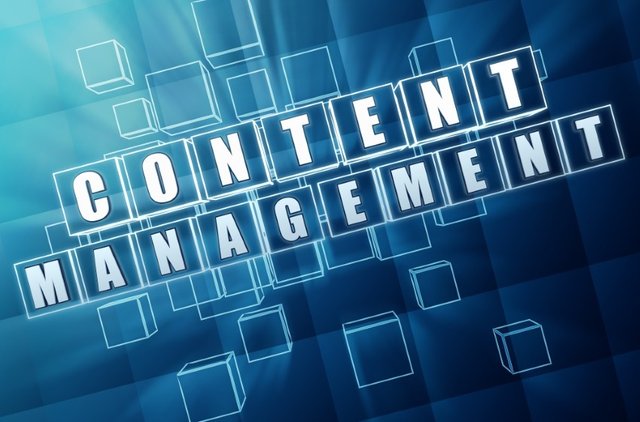
SharePoint is growing in popularity and the pressure to start taking advantage of it amongst businesses is rising. If your company is already using Office 365 then using it seems only logical! It offers simple and easy remote access and compared to other content management platforms, it is relatively affordable!Moving your data to SharePoint is not as simple as clicking and dragging, unfortunately. Complicated folder hierarchies can make the process confusing and it’s not uncommon for things to become quite frustrating!The simplest thing to do most would think would be to just keep the current structure of your file share but this is where problems start to develop! Take advantage of this opportunity and look over the structure of your data and see if there are ways in which you can optimize it for better efficiency!To help you make the most of all it has to offer, continue on for some pointers:
1. Just do it and keep it simple

Try to keep things as simple as possible. After you’ve created governance and taxonomy plans, have a review session with your users to make sure that it is intuitive for them to use and there are no unnecessary folders, file types, or metadata fields that only act to make things more convoluted. Try to go with a bare-bones approach at first and if later on, you find it necessary, document libraries, site columns, and folders may easily be added later on.
2. Don’t keep the same file structure
Building off the previous point, don’t think that you have to keep your old file structure! Take the time to better organize your files. It is best to avoid setting up security at the lower levels of your file structure and to keep it at the document or site level. Taking the time to properly organize your data is key here.
3. Don’t migrate everything over from your file share
It’s common for users to want to keep every file and folder they’ve ever touched, just in case! When moving data, take this opportunity to sift through old files and folder and only bring over what is currently relevant. Log files from bygone eras and files no one even knows the origins of are great candidates for the trash!
4. Talk to everyone. Your leadership, your users, and outside experts
Before going ahead and moving all your organization's data, it is important that you speak with your users, senior leadership, and even some outside experts in order to get input regarding the best way to go about it. Nailing down a governance strategy with leadership should be number one, followed by speaking with the users that have to deal with the data on a daily basis. Getting input from industry experts who’ve dealt with SharePoint content management in the past is a great way to ensure you haven’t missed anything and they’ll likely have some key insights into how to best go about moving and managing your company’s data.
Make Content Management an Enjoyable Experience
Content management doesn’t have to be a headache! With planning and input taken from your user-base, utilizing a company for custom Sharepoint development can end up bringing a breath of fresh air to how your users interact with company data. In keeping these tips in mind, you’ll find that content management is an intuitive experience that you and your users will surely enjoy.
Hello @teameve! This is a friendly reminder that you have 3000 Partiko Points unclaimed in your Partiko account!
Partiko is a fast and beautiful mobile app for Steem, and it’s the most popular Steem mobile app out there! Download Partiko using the link below and login using SteemConnect to claim your 3000 Partiko points! You can easily convert them into Steem token!
https://partiko.app/referral/partiko
Downvoting a post can decrease pending rewards and make it less visible. Common reasons:
Submit